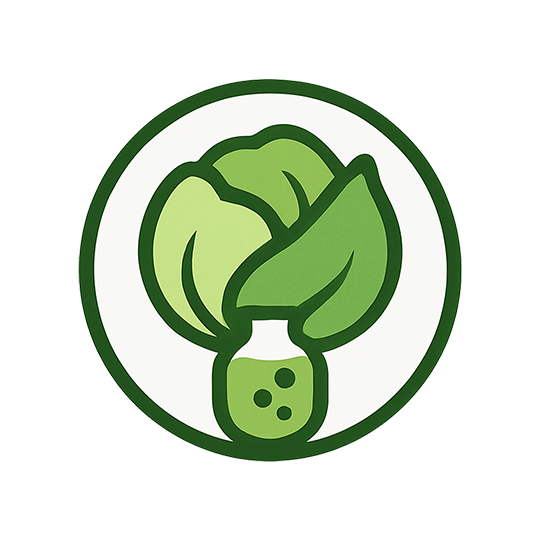When we talk about healing sleep, we refer to a restorative, uninterrupted slumber that supports physical repair, mental clarity, and overall wellbeing. Modern life—full of screens, stressful work, and irregular schedules—often erodes this precious downtime. The good news is that many aspects of our daily habits can be adjusted to create an environment that invites healing sleep without resorting to medication.
Understanding the Science of Healing Sleep
Healing sleep isn’t simply about the number of hours. It is a complex interplay of circadian rhythm, sleep architecture, and the body’s natural healing mechanisms. During deep sleep stages, the body releases growth hormone, repairs muscle tissue, and consolidates memories. Disruptions in these stages diminish the restorative benefits, leading to fatigue, impaired immune function, and increased stress.
- Deep sleep (stage N3) is critical for physical restoration.
- Rapid eye movement (REM) sleep supports emotional regulation.
- The body’s internal clock, or circadian rhythm, syncs sleep with day‑night cycles.
The Role of Lifestyle in Promoting Healing Sleep
Consistent daily habits act as anchors that support healing sleep. Regular exercise, structured meal times, and a predictable bedtime routine all signal the body that it’s time to wind down. Even small changes—like reducing caffeine after noon or dimming lights an hour before bed—can create a ripple effect that enhances sleep quality.
“Your body will never know how much better it can feel if you simply respect its natural rhythms.” – Sleep Research Institute
Nutrition: The Secret Ingredient for Better Sleep
What we eat directly influences how quickly we fall asleep and the depth of our rest. Certain nutrients act as natural sleep promoters, while others can trigger wakefulness. By aligning your diet with healing sleep goals, you give your body the tools it needs to repair and rejuvenate.
Key Nutrients that Facilitate Healing Sleep
- Magnesium – found in leafy greens, nuts, and seeds, it relaxes muscles and reduces cortisol.
- Melatonin – the hormone produced by the pineal gland; foods like cherries, almonds, and oats contain natural precursors.
- Tryptophan – an amino acid that converts to serotonin and then melatonin; turkey, eggs, and dairy are good sources.
Meal Timing and Sleep Quality
Eating a large meal late at night can spike metabolism and interfere with the body’s ability to enter deep sleep. Aim to finish your dinner at least 2–3 hours before you plan to go to bed. If you need a light snack, choose something low in protein and moderate in complex carbs, such as a small banana or a slice of whole‑grain bread.
Creating a Sleep‑Friendly Environment
Beyond food and lifestyle, the physical setting of your bedroom has a profound impact on healing sleep. The goal is to cultivate a sanctuary that encourages the body to slow down, lower heart rate, and release tension.
- Keep the room cool—ideally between 60°F and 67°F (15°C–19°C).
- Use blackout curtains or an eye mask to block out light.
- Introduce a white‑noise machine or calming background music to mask disruptive sounds.
Technology and Healing Sleep
Smartphone screens emit blue light that suppresses melatonin production. To protect your sleep cycle, establish a “digital curfew” by turning off devices at least one hour before bed. If you need to read, opt for an e‑ink device or a physical book.
Mindful Practices to Support Healing Sleep
Stress and anxiety are the greatest enemies of restorative slumber. Incorporating mindfulness into your nightly routine can significantly improve your sleep quality.
- Practice deep breathing for five minutes—inhale for four counts, hold for seven, exhale for eight.
- Try progressive muscle relaxation—tighten and release each muscle group from toes to head.
- Keep a gratitude journal; writing down three positive moments each day can ease mental chatter.
Gentle Exercise for Evening Wind‑Down
Light stretching or a short walk can release endorphins without overstimulating the nervous system. Avoid intense workouts within two hours of bedtime, as they elevate adrenaline and body temperature, both of which delay the onset of healing sleep.
Monitoring Progress: Tracking Healing Sleep
To gauge the effectiveness of lifestyle and nutritional changes, keep a sleep diary. Record bedtime, wake time, perceived sleep quality, and any factors that may have disrupted sleep. Over time, you’ll spot patterns and identify what works best for you.
Using Simple Tools
Without relying on fancy gadgets, you can use a simple stopwatch or the alarm clock on your phone to track sleep duration. Pair this with self‑assessment scales—rate your sleep on a scale from 1 (poor) to 10 (excellent) each morning. Consistency in recording will reveal subtle shifts tied to dietary tweaks or exercise routines.
Common Misconceptions About Sleep and Nutrition
Many people believe that large amounts of protein or certain vitamins guarantee better sleep. In reality, the relationship is more nuanced.
- Protein before bed can increase serotonin levels, but too much can cause digestive discomfort.
- Excessive caffeine isn’t the sole culprit; alcohol, though initially sedating, ultimately disrupts REM stages.
- Skipping meals can lower blood sugar, leading to nighttime awakenings.
Balancing the Sweet Spot
The key lies in moderation and timing. A balanced meal containing complex carbs, lean protein, and healthy fats 3–4 hours before bed provides a steady release of energy that doesn’t spike insulin levels or cause a post‑meal crash.
Integrating Healing Sleep Into Daily Life
Adopting a healing sleep approach isn’t about radical overnight changes; it’s about incremental, sustainable adjustments that fit your lifestyle. Start with one or two small modifications, observe the impact, and gradually layer additional practices.
- Set a consistent bedtime and wake time, even on weekends.
- Introduce a calming pre‑sleep ritual—reading, gentle yoga, or a warm shower.
- Plan your meals to allow for digestion before bedtime.
- Limit stimulants after 2 p.m., and reduce screen exposure in the evening.
- Keep a sleep diary for a month to track progress.
When to Seek Professional Help
If you persistently struggle with falling asleep, staying asleep, or feel groggy despite making lifestyle changes, consider consulting a sleep specialist. Conditions such as sleep apnea, restless leg syndrome, or chronic insomnia may require targeted treatment beyond self‑care measures.
Conclusion: The Path to Healing Sleep Starts with Choices
Healing sleep is the culmination of mindful choices—what you eat, how you move, how you manage stress, and how you design your sleep environment. By aligning these factors with the body’s natural rhythms, you unlock a nightly opportunity for recovery that boosts health, mood, and resilience. Commit to small, consistent steps today, and watch as the restorative power of healing sleep transforms your life.




